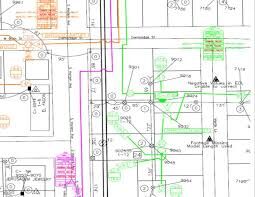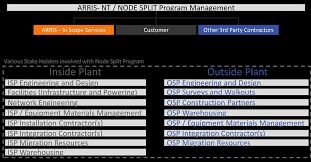 Node splits are one of the most effective solutions in the operator toolkit for increasing available bandwidth. They’re an obvious answer to the unprecedented growth in data usage from the COVID-19 pandemic—increasing network capacity while sustaining performance. But successfully splitting nodes at scale in the HFC network still requires fluid expertise and careful planning.
Node splits are one of the most effective solutions in the operator toolkit for increasing available bandwidth. They’re an obvious answer to the unprecedented growth in data usage from the COVID-19 pandemic—increasing network capacity while sustaining performance. But successfully splitting nodes at scale in the HFC network still requires fluid expertise and careful planning.
The CommScope Professional Services team has been working with operators around the world to build their network capacity through node splitting. Recently, a Tier 1 service provider reached out to the team to ramp up its system-wide node-splitting project.
 The appeal for the service provider is node splitting’s cost-effectiveness in extending the useful life of its existing HFC investments while solving the immediate need for more bandwidth. In performing these node splits, the service provider team divides subscribers connected to a single fiber node into two or more groups, which are subsequently re-connected to new, (smaller) fiber nodes. This procedure requires careful planning and design, attentive program management, and orchestrated materials management to ensure a smooth transition.
The appeal for the service provider is node splitting’s cost-effectiveness in extending the useful life of its existing HFC investments while solving the immediate need for more bandwidth. In performing these node splits, the service provider team divides subscribers connected to a single fiber node into two or more groups, which are subsequently re-connected to new, (smaller) fiber nodes. This procedure requires careful planning and design, attentive program management, and orchestrated materials management to ensure a smooth transition.
CLICK TO TWEET: How to build bandwidth with node splits in HFC networks
COVID-19 has increased both the urgency of this project as well as its complexity. For example, due to social distancing, the team worked split shifts: only allowing two people in a site at the same time. Despite the challenges, the CommScope team tripled the service provider’s ongoing node splits and migrations, helping it achieve the higher capacity to get ahead of increased demand on its network.






